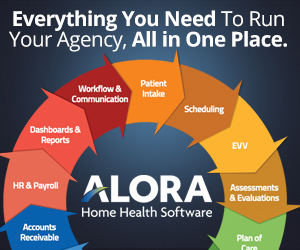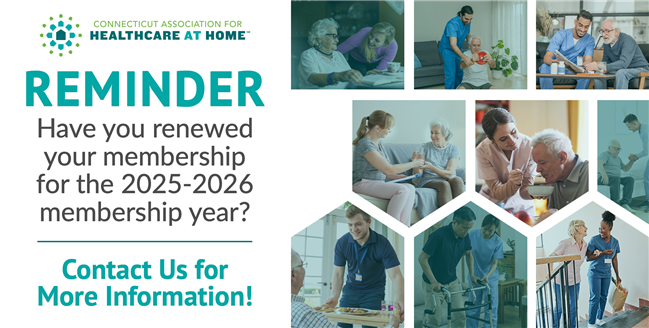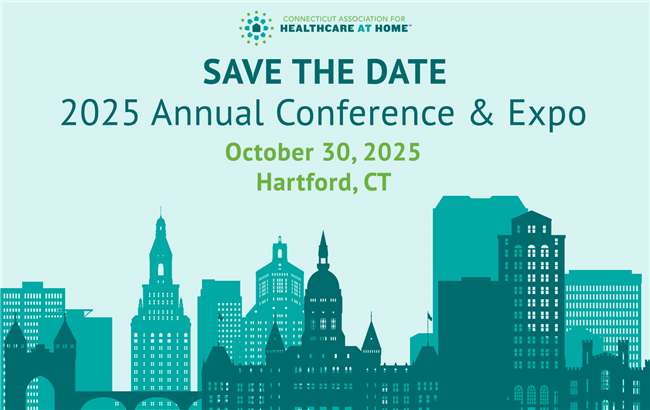 |
||||||||||||||||||||||||||
| June 12, 2025 | ||||||||||||||||||||||||||
Source: The Alliance, June 4, 2025
The National Alliance for Care at Home (the Alliance) played a lead role in today’s Senate Comprehensive Care Caucus briefing, which focused on expanding access to palliative care services for patients with serious illness. The bipartisan event, hosted by Senators Jacky Rosen (D-NV), John Barrasso (R-WY), Tammy Baldwin (D-WI), and Deb Fischer (R-NE), underscored the need for innovative models that deliver person-centered care in the home and community.
Hillary Loeffler, Vice President of Policy & Regulatory Affairs for the Alliance, moderated the panel discussion, guiding thoughtful conversation on access, workforce, and innovation in care delivery. Dr. Robert Parker, Chief Clinical Officer of Kindful Health—an Alliance member—joined as a featured panelist, sharing clinical and operational insights from the front lines of community-based palliative care.
Source: Alliance Daily, June 3, 2025
The Occupational Safety and Health Administration (OSHA) recently released its 2024 data on work-related injuries and illnesses — and once again, the healthcare sector stands out for all the wrong reasons.
While the data covers all industries, one trend is clear: home health and personal care workers continue to experience high rates of workplace injuries, often surpassing those in hospitals and nursing facilities. The nature of home care — working alone in unpredictable environments — places caregivers at unique risk.
Source: Alliance Daily, June 6, 2025
The Alliance supports expansion of the Hospice Quality Reporting Program (HQRP) to include Hospice Outcomes & Patient Evaluation (HOPE), which was outlined by the Centers for Medicare & Medicaid’s (CMS) in the FY 2026 Hospice Wage Index Proposed Rule. However, the Alliance is now concerned that, as the expansion is currently constructed, implementation of it will be overly burdensome and disruptive to providers, potentially impacting care delivery and penalizing well-intended providers committed to quality care.
In April 2025, the Alliance sent a letter to the Director of the Office of Management and Budget (OMB) expressing these concerns. The letter covered: the technically complex and financially significant nature of the change, the lack of clarity provided on the use of HOPE vendors and to the vendors themselves, the potential for delays in the transition to the iQIES data submission platform, and the lack of a clear timeline for key guidance around these issues from CMS to both vendors and providers.
Source: Centers for Medicare & Medicaid Services, Medicare Learning Network (MLN), May 10, 2025
The hospice plan of care (POC) maps out needs and services given to a Medicare patient facing a terminal illness, as well as the patient’s family or caregiver. CMS data shows that some hospice POCs are incomplete or not followed correctly. This fact sheet educates on creating and coordinating successful hospice PO Cs. The primary goal of hospice care is to meet the holistic needs of an individual and their caregiver and family when curative care is no longer an option. To support this goal:
Source: Palliative Medicine Reports, June 5, 2025
The field of hospice and palliative care in the United States is experiencing serious problems and faces an uncertain future. Quality of hospice care is highly variable. Unethical hospice business practices are common in some regions. Palliative care’s integration within American health care has stalled, despite demonstrating that much better care for seriously ill and dying people is both feasible and affordable... Efforts must start with zero tolerance of fraudulent business and clinical practices that harm vulnerable patients. The four components o f this strategic approach are:
Source: The Healthy, June 2, 2025
For families and caregivers, recognizing the final stages of dementia can be difficult, but understanding the signs can help ensure comfort and dignity in a loved one's last days. Dr. Koncilja highlights these key indicators that may suggest the end of life is near:
|
||||||||||||||||||||||||||
| Past Issues | Subscribe | cthealthcareathome.org | Advertise with Us | ||||||||||||||||||||||||||






